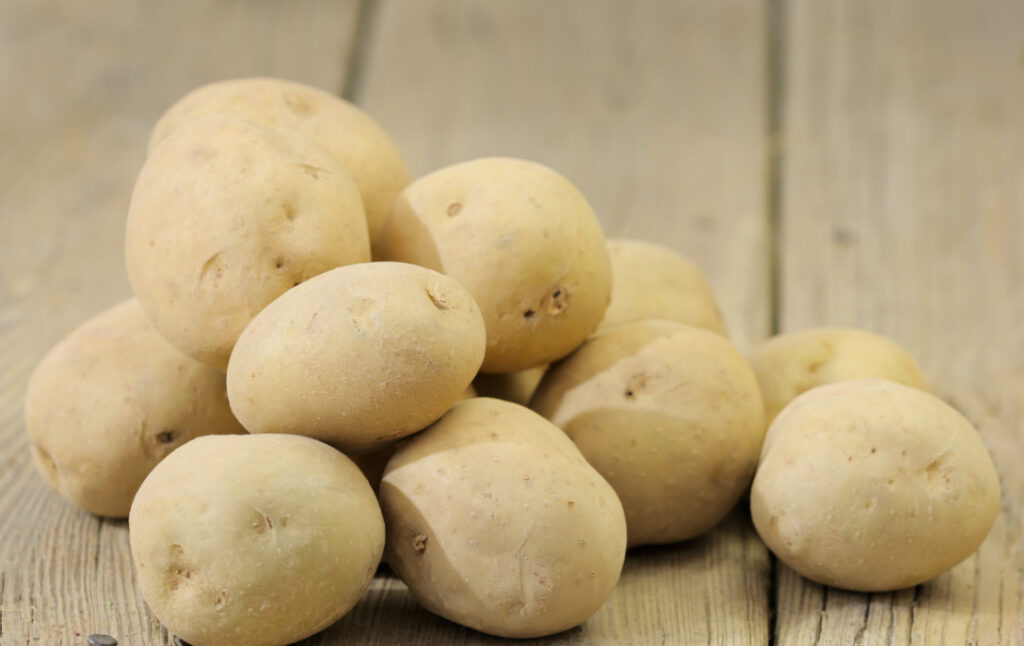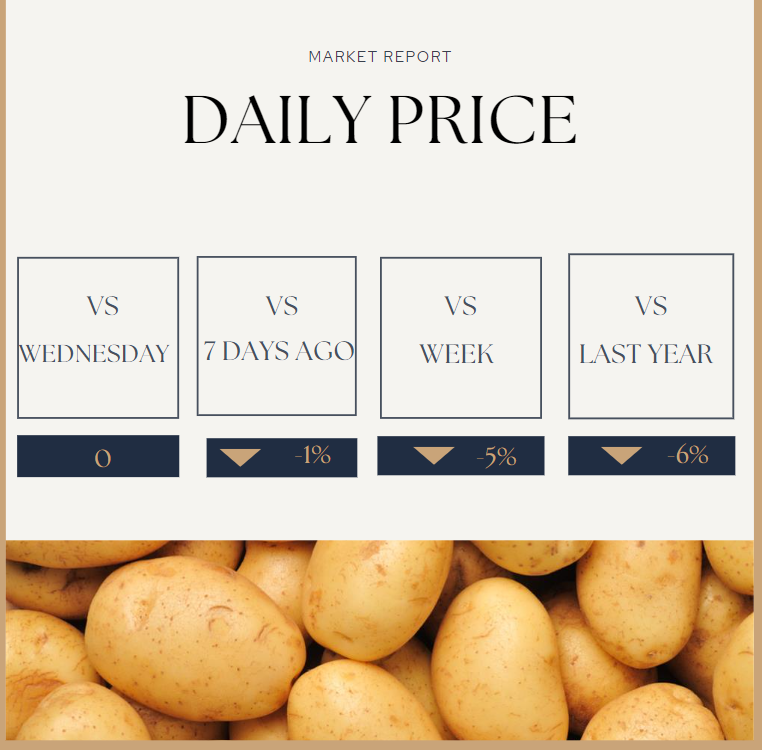
PRESENT
Potato price rose 140%: this is how inflation has affected its market
The potato is the food in the family basket that has risen the most in price in the last year. The pandemic, national unemployment and the rise in production costs are some of the factors that have influenced the increase in price.
In many developing countries the poorest and most undernourished farming families rely on potatoes as a primary or secondary source of food and nutrition. These households value the potato because it provides a large amount of dietary energy and its production is relatively stable, under conditions in which other crops might fail.
The potato has a great capacity to adapt to very diverse agricultural systems. Due to its short vegetative cycle –in 100 days it produces abundant harvests–, it works well in double cropping systems with rice, and in intercropping with corn and soybeans. Potatoes can be grown at elevations of up to 4,300 meters, in a variety of climates, from the desert mountains of the Andes to the tropical lowlands of Africa and Asia.FAO – Cereal Price Index.
Rising prices of maize, wheat and rice pose a threat to low-income countrie
For many small farmers, potatoes are also rapidly becoming a valuable source of cash income, a prerequisite for food security. In many developing countries, population and income growth in cities, as well as dietary diversification, have increased the demand for potatoes from the fast food, snack and prepared food industry. The structural transformation from agriculture-based economies to more urbanized societies opens up new market opportunities for potato producers and their trading and processing partners in the value chain.
Investment in Potato production
Thanks to its versatility for a wide variety of uses, the potato can play an important role in the food systems of developing countries. However, policymakers have traditionally preferred cash crops for exports and cereals, and potatoes and other tubers have been left on the sidelines of agricultural development activities. It is important to repair this imbalance for the potato sectors to prosper. Investment in potato production should be seen as insurance against international market turbulence and as protection for food security. In the current environment of high food prices, it is often forgotten that international grain prices reached their lowest point in history when adjusted for inflation. A boom followed by a bust in grain prices could easily hurt investments in the potato sector if consumers return to cheap, imported, subsidized grains.

